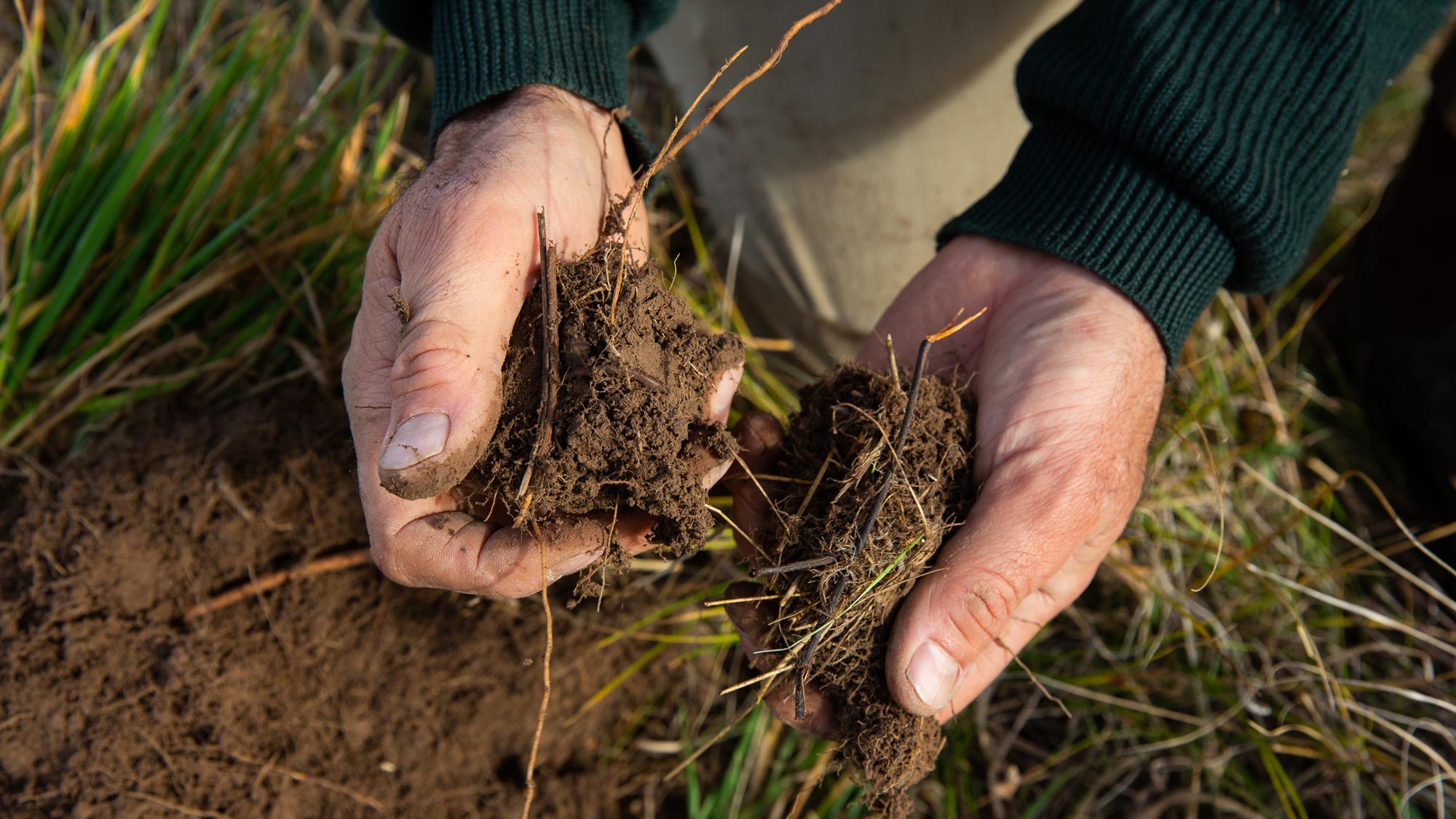Tool 6.1 A guide to classifying land capability
There are a number of methods for classifying land capability. These methods attempt to rank the capability of the natural resource using land class as the basis to sustaining production over time. Use the key features and options for the various land classes shown in the following table to identify the pasture and cropping zones on your farm. Alternatively, you can design your own land classes.
|
Land Class (LC)
|
Key features
|
Options
|
|
1-2 |
|
|
|
3 |
|
|
|
4 |
|
|
|
5 |
|
|
Source: NSW DPI, adapted by AWI and MLA






